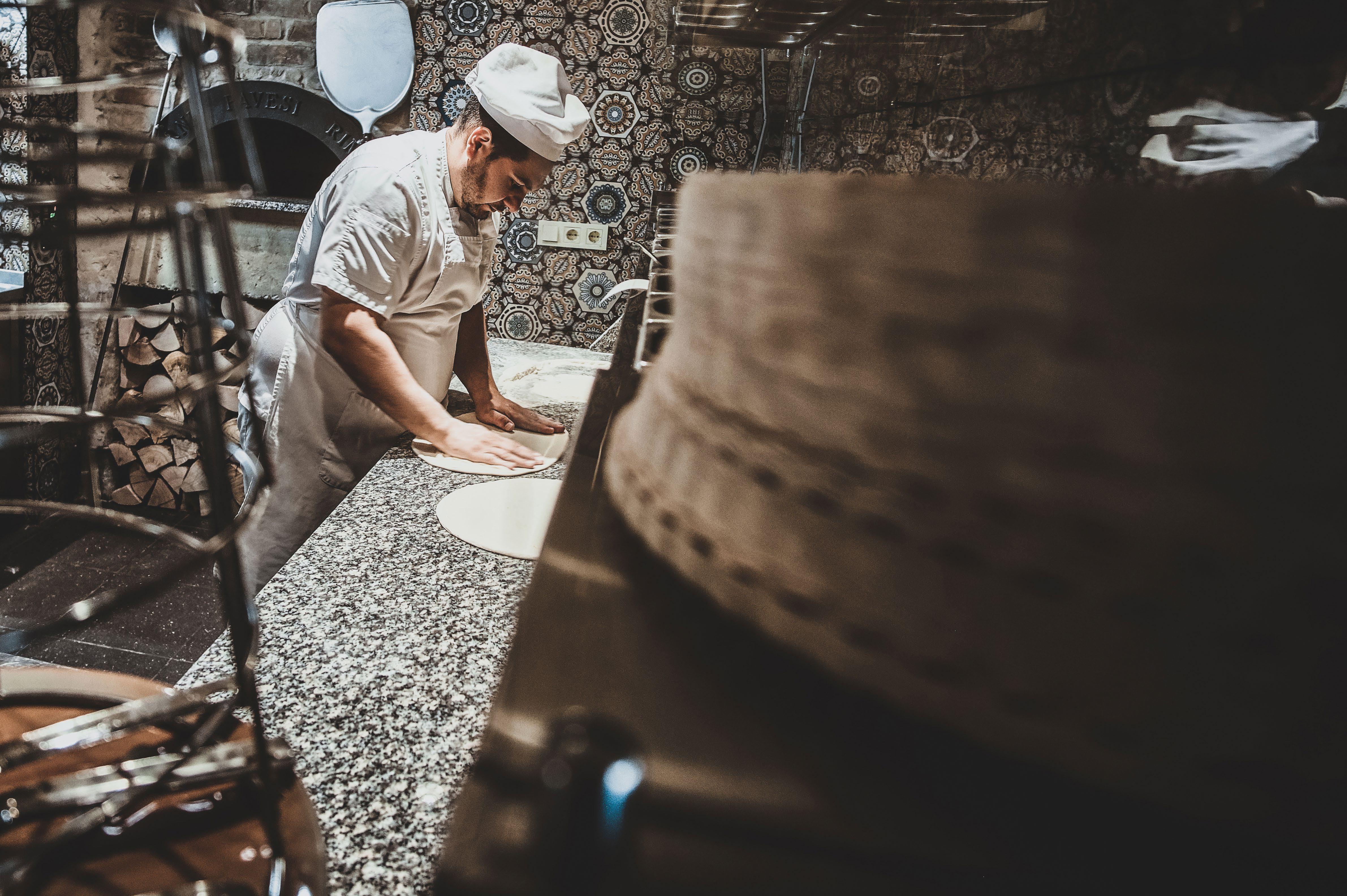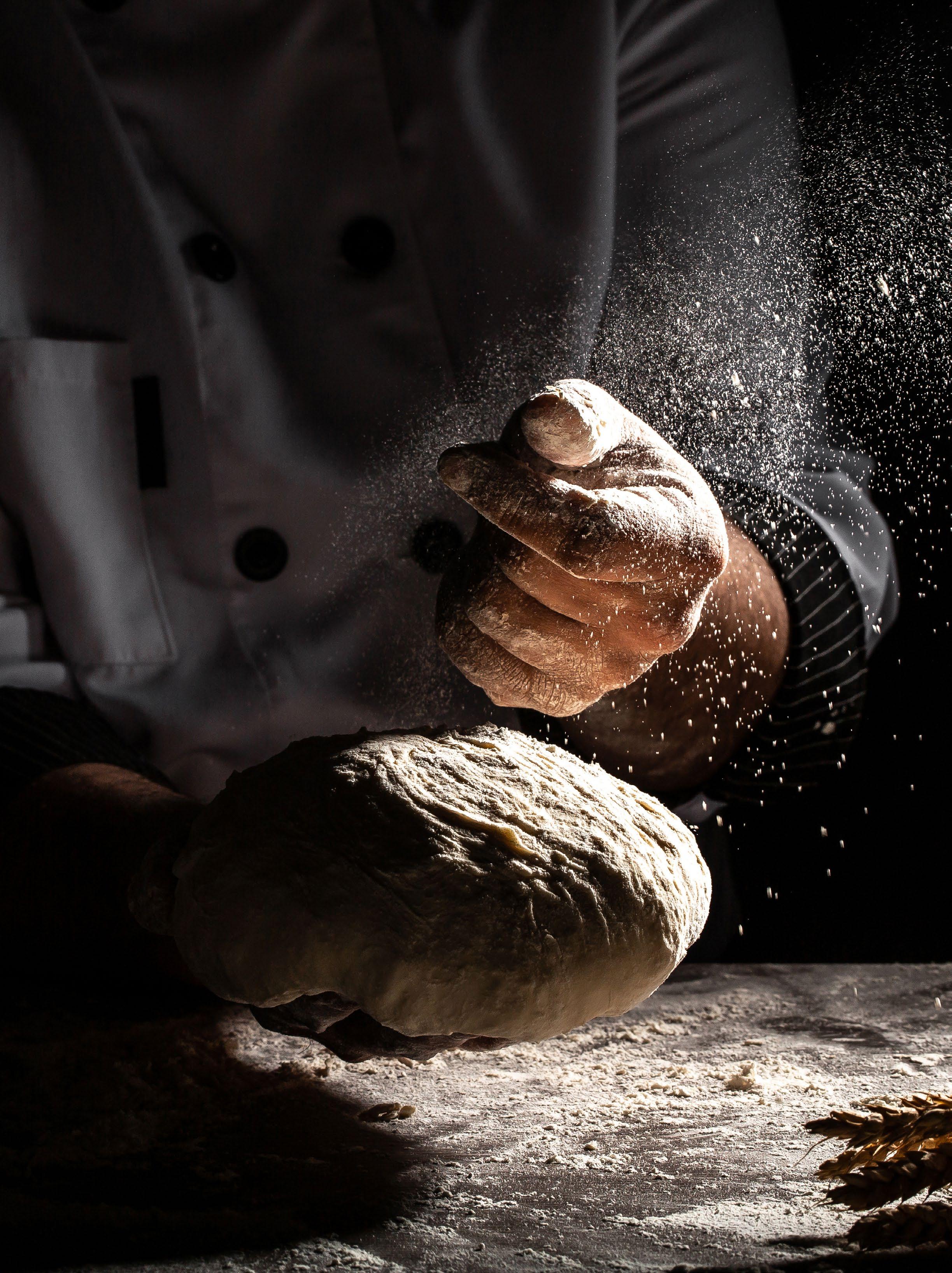
4 minute read
The Life of a Pie
Pizza has, for a long time, proudly held its spot as one of the most popular meals for lunch and dinner, and sometimes even breakfast if you’re lucky enough to have a slice or two left over.
AND DESPITE MANY OTHER AMAZING contenders in cuisine choices, the popularity of pizza has proven unwavering; it has become the go-to go-to-option.
Advertisement
With more choices for delivery available now than at any other time in history, how does pizza continue to top the charts? Its ability to please the customer’s palette through preferred toppings or new flavour combinations feeds its reputation for being so well-liked. Pizza is versatile canvas that can accommodate some of the hottest culinary trends – including healthier toppings like avocado, kale, and plant-based meats, as well as global flavours like Mexican, Middle Eastern, and Thai.
While some diners seek out bold flavours and variety, there is also a renewed passion for traditional pizza. “There is a lot of demand for artisanal pizzas,” says Gabriele Forneris, Warewash and Food Machines Sales Development Manager for Hobart Food Equipment Canada. “This is the direction the market is growing in.”
One of the most interesting – and soon-tobe ubiquitous – directions is both artisanal and traditional: Pinza Romana, or Roman Pizza.
Pinza Romana differs from the traditional Pizza Napolitana or Neapolitan Pizza in that it’s usually rectangular instead of round, and the toppings tend to be bolder and more flavourforward. Instead of mozzarella, mushrooms, pepperoni, and onions, think gorgonzola, garlic, raw prosciutto, and sweet fig preserve.
But the biggest difference is the crust. While you can always order your Pizza Napolitana with thin crust, Pinza Romana’s crust is always extrathin – and extra-crunchy – courtesy of a more refined flour, a longer fermentation process, and a slow, luxurious cook in a slightly cooler wood oven. The base of the Pinza Romana can be cooked ahead of time, and due to the long fermentation, reheating it still delivers a delicious smell and delectable flavour.
One of the reasons Pinza Romana is catching on, Forneris says, is that it’s easy to make. “You only have to use a third of the yeast,” he says. “The dough is so soft; you don’t have to stretch it, and it makes the Pinza more digestible too.”
Hobart recently introduced the Legacy+, an allin-one mixer especially for pizza. “It’s made for pizza dough,” he says.

And it’s not just for the dough – the Legacy+ is proving itself as a smart investment for restaurant owners, because of its versatility. “It’s got all the attachments,” Forneris says, “a grinder, a slicer, everything. So, you can mix the dough and slice the cheese, the tomatoes, the meats, and the vegetables all with the same machine. Chefs love it. They can make 10 batches a day and save on labour costs. When they can make all parts of the pizza in-house, they can control the quality of every ingredient.” Plus, Hobart advises the perfect speed for each attachment to help achieve consistent results for the best quality pizza.
With the right dough and the right mixer, Forneris believes Pinza Romana can be a foolproof recipe for a successful restaurant. “It’s so easy, anyone can make it,” he says.
Whether you stay with the tried-and-true traditional versions, or you choose to get creative, customers will always have the taste for a tasty pizza. In fact, it’s a reliable order for both dine-in and takeout customers. The popularity of pizza, combined with its ability to host a wide array of flavours certainly makes it a tempting option to include as a permanent fixture on your menu.









